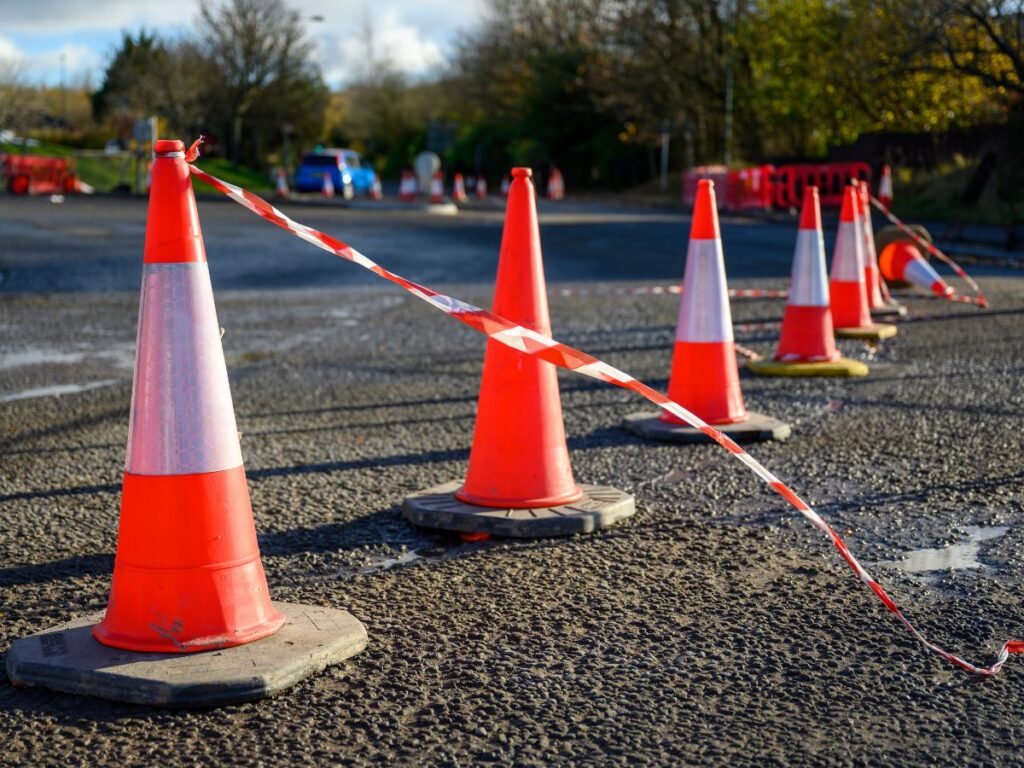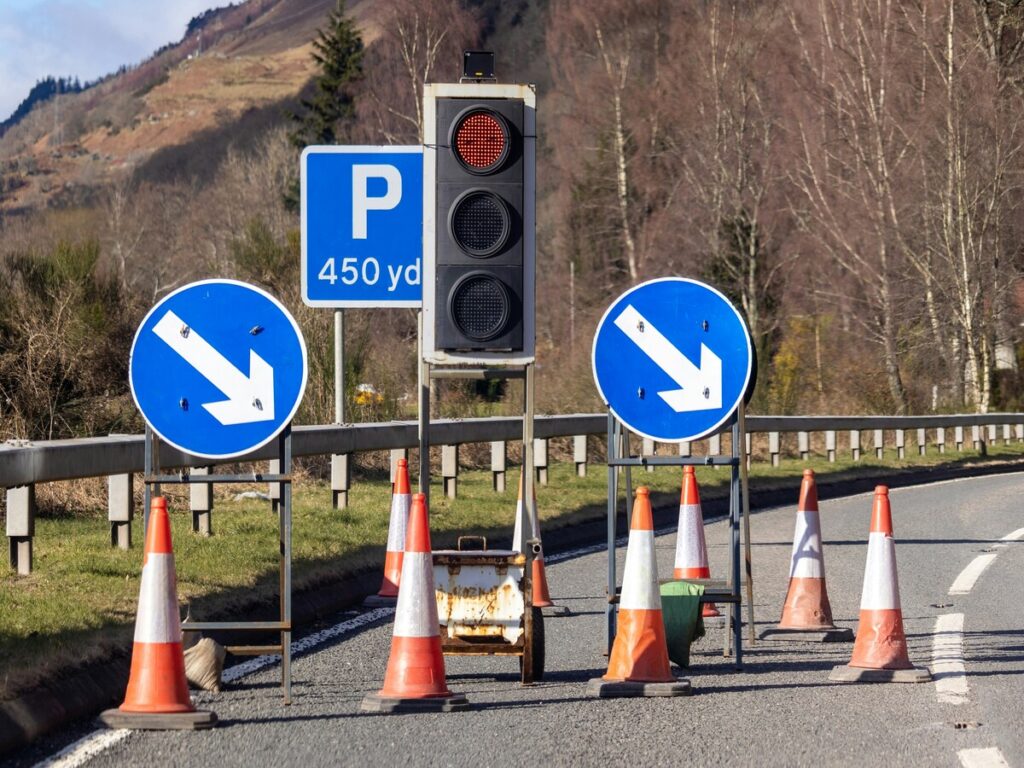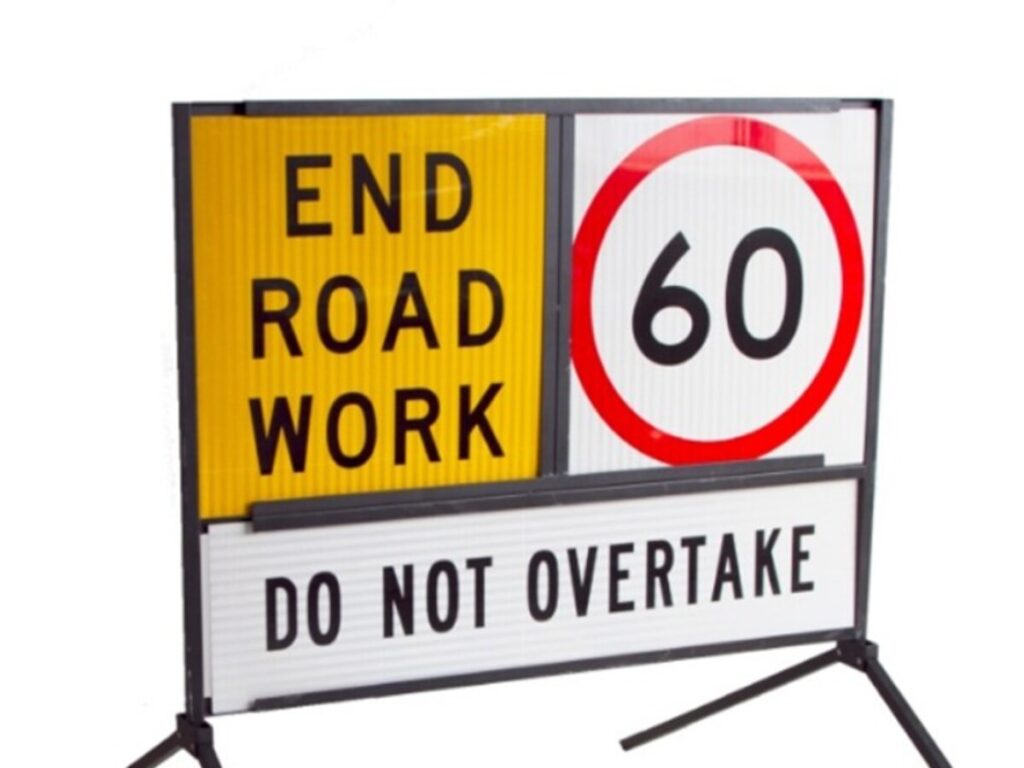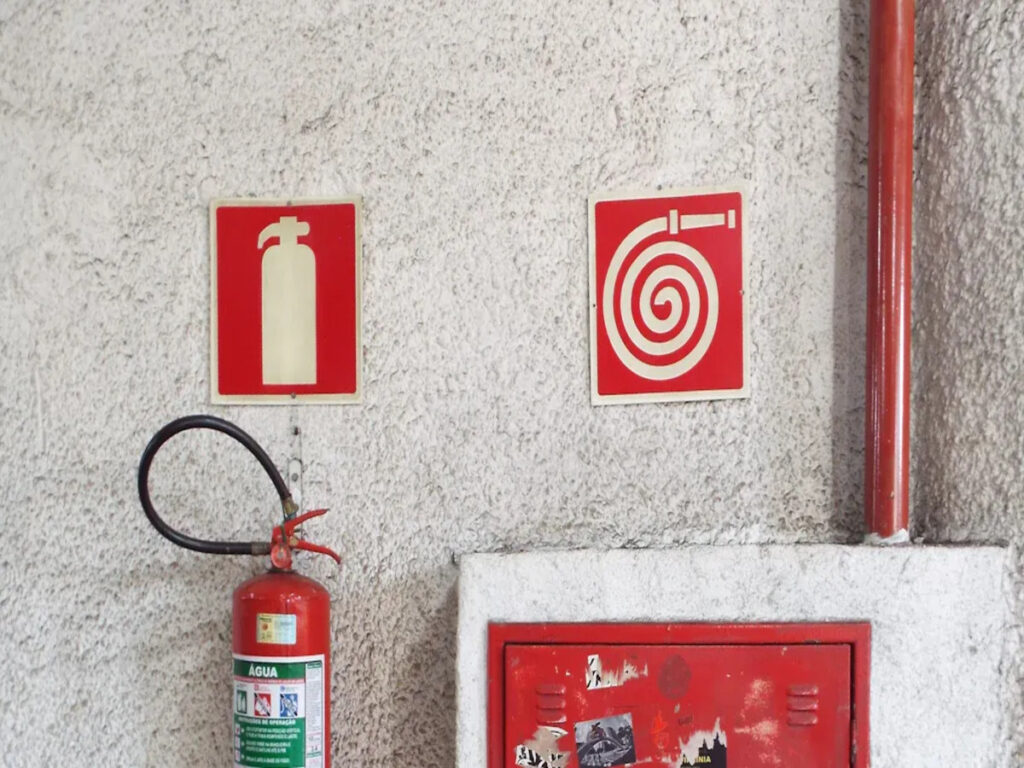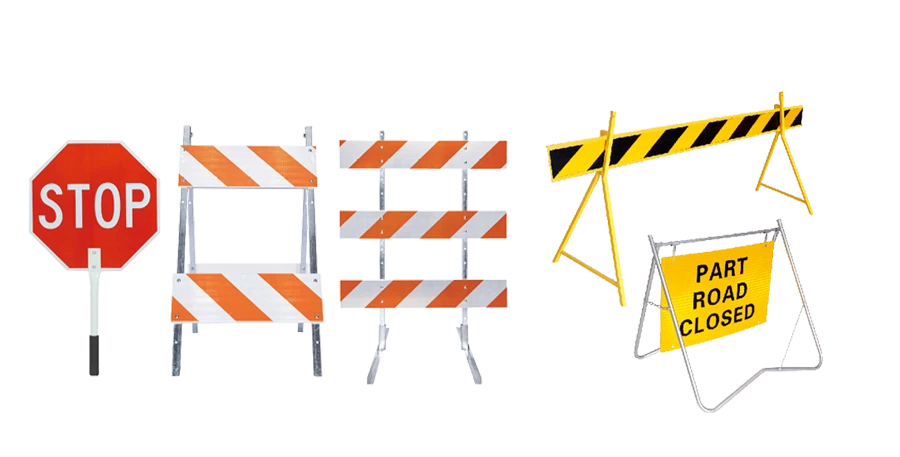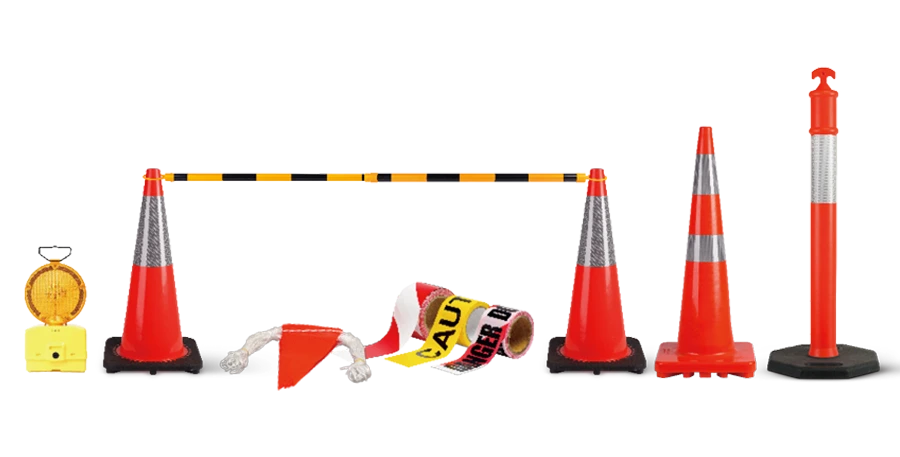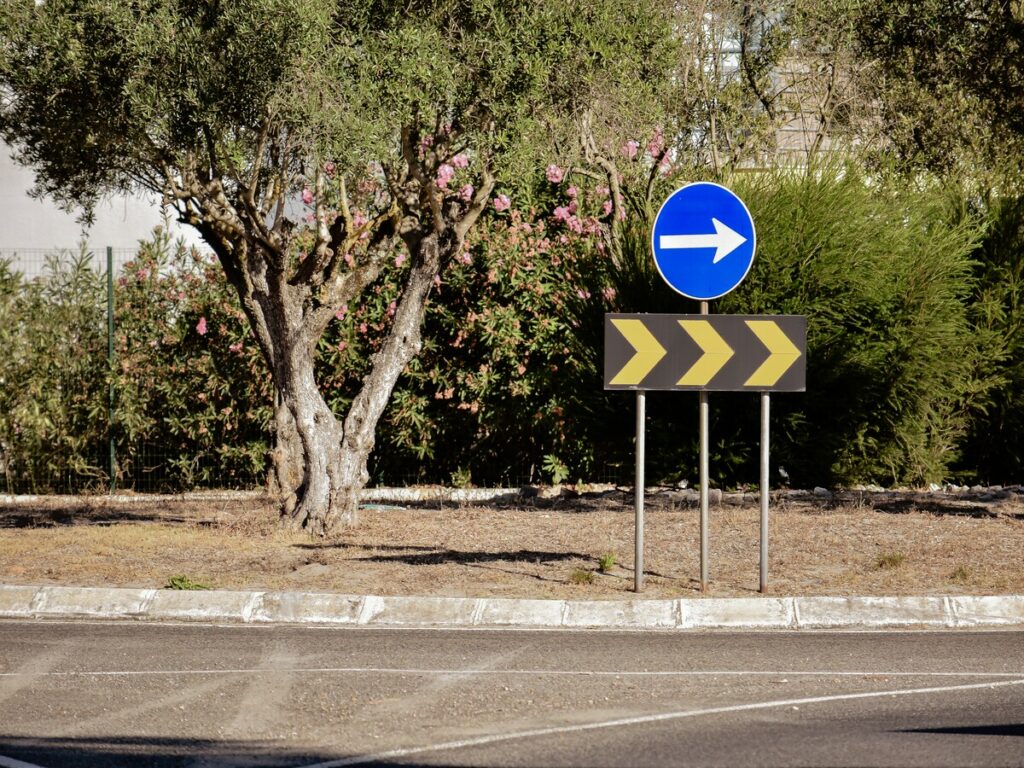
When choosing materials for road sign frames, two options stand out: aluminium sign frames and steel sign frames. Each has unique benefits for different needs. Aluminium sign frames are light, so it’s easy to move and install. L'acciaio è molto forte, making it great for tough jobs. Factors like strength, prezzo, and weather matter when picking the right one. Ad esempio, aluminium sign frames work well in wet places, while steel is better for dry areas.
OPTRAFFICO offre una gamma di steel sign frames for sale, designed for heavy-duty applications that require durability and strength. OPTraffic sign frames are perfect for areas with high traffic or harsh weather conditions, ensuring long-lasting performance and reliability. Choose OPTRAFFIC for robust and dependable steel frames that meet your specific needs and enhance the effectiveness of your road signage.
Takeaway chiave
- I telai per segnaletica in alluminio sono leggeri e semplici da montare. Sono ottimi per segnali temporanei o aree urbane.
- I telai per segnaletica in acciaio sono molto resistenti e stabili. Funzionano bene per la segnaletica permanente in luoghi trafficati o industriali.
- L'alluminio non si arrugginisce facilmente, quindi ha bisogno di meno cure. L'acciaio può arrugginire e necessita di rivestimenti speciali per fermarlo.
- Pensa alla posizione quando raccogli i materiali: l'alluminio è migliore per le zone umide o marittime, mentre l'acciaio va bene per i luoghi asciutti.
- Controlla il tuo budget e quanto durerà il progetto. L'alluminio costa di più all'inizio, ma nel tempo fa risparmiare denaro sulla manutenzione.
Confronto di forza e peso
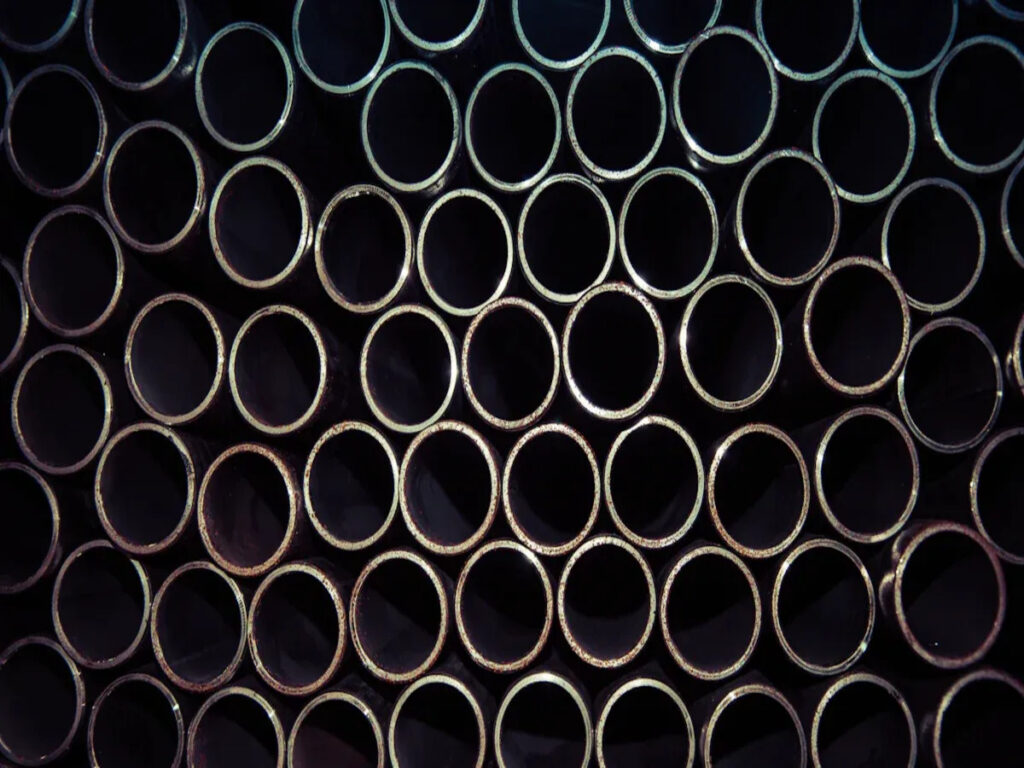
Cornici per insegne in alluminio: Leggero e semplice da usare
I telai per segnaletica in alluminio sono molto leggeri, rendendoli facili da muoversi. Pesano circa un terzo dell'acciaio. Per esempio, l'alluminio ha una densità di 2.71 g/cm³, mentre la densità dell'acciaio è 7.87 g/cm³. Questa grande differenza di peso rende l'alluminio più facile da trasportare e installare. È particolarmente utile quando si sposta o si imposta la segnaletica.
| Materiale | Densità (g/cm³) |
|---|---|
| Alluminio | 2.71 |
| Acciaio | 7.87 |
| Rapporto peso | 1/3 |
Anche se è leggero, l'alluminio può ancora essere forte. Disegni speciali, come i telai in alluminio autoallineanti, renderlo rigido come l'acciaio. Ciò rende l'alluminio ideale per progetti che richiedono modifiche rapide o configurazioni temporanee.
Cornici in acciaio: Pesante e forte
I telai dei segnali in acciaio sono più pesanti, che li rende più stabili. Il peso extra li aiuta a rimanere in posizione durante forti venti o impatti. Con una densità di 7.87 g/cm³, l'acciaio è perfetto per la segnaletica permanente in condizioni difficili.
Anche l'acciaio è molto rigido. I telai in acciaio saldato mantengono la loro forma nel tempo. Alcuni telai per segnaletica in alluminio utilizzano elementi di fissaggio con scanalatura a T, che può allentarsi. Le connessioni fisse dell’acciaio rimangono forti, rendendolo migliore per i lavori pesanti.
Scelta in base al peso e alla forza
Pensa alle esigenze del tuo progetto quando scegli tra alluminio e acciaio. L’alluminio è la soluzione migliore quando il peso conta. Per esempio:
- Segnali temporanei che necessitano di essere spostati spesso.
- Aree urbane in cui i materiali leggeri facilitano l'installazione.
L'acciaio funziona meglio per i progetti che richiedono maggiore forza e stabilità, ad esempio:
- Autostrade o aree industriali trafficate.
- Luoghi con forti venti o forti impatti.
Conoscendo il peso e la resistenza di questi materiali, puoi scegliere quello migliore per i tuoi segnali stradali.
Resistenza alla corrosione

La naturale resistenza alla corrosione dell’alluminio
L'alluminio resiste naturalmente alla ruggine, rendendolo un'ottima scelta. Forma un sottile strato protettivo quando esposto all'aria. Questo strato impedisce la ruggine e mantiene il materiale resistente. Tipi speciali di alluminio, Piace 5052 lega, funziona bene in luoghi salati o umidi.
A differenza dell'acciaio, l’alluminio non necessita di rivestimenti aggiuntivi per evitare la ruggine. Ciò facilita la cura nelle zone piovose o umide. I telai per segnaletica in alluminio resistono alle intemperie e durano a lungo senza molta manutenzione.
La necessità dell’acciaio di rivestimenti protettivi
L'acciaio è forte ma ha bisogno di aiuto per resistere alla ruggine. Senza protezione, arrugginisce se esposto all'aria o all'acqua. Per fermare questo, i produttori aggiungono rivestimenti speciali ai telai in acciaio. Questi rivestimenti impediscono all'aria e all'acqua di raggiungere l'acciaio.
| Tipo di rivestimento | Come aiuta |
|---|---|
| Rivestimenti in acciaio inossidabile | Riduce la ruggine con una protezione extra. |
| Prodotti a base di poliuretano | Blocca l'umidità, che provoca ruggine. |
| Rivestimenti barriera protettivi | Ideale per proteggere l'acciaio dalla ruggine. |
| Primer ricco di zinco | Aggiunge uno scudo contro la ruggine in ambienti difficili. |
| Rivestimento epossidico | Protezione antiruggine forte e duratura. |
| Vernici a base acrilica | Protegge l'acciaio e lo aiuta a durare più a lungo. |
I primer ricchi di zinco e i rivestimenti epossidici sono ottimi per le insegne in acciaio. Proteggono l'acciaio dalla ruggine e dai danni nel tempo. Ma questi rivestimenti necessitano di cure regolari, il che aumenta il costo.
Idoneità ambientale: Costiero vs. Aree interne
La posizione influisce sulla scelta dell'alluminio o dell'acciaio. Le zone costiere hanno aria salata e elevata umidità, che causano ruggine. L'alluminio funziona bene qui perché resiste naturalmente alla ruggine. L’acciaio ha bisogno di rivestimenti per sopravvivere in queste condizioni.
Uno studio di ASTM alluminio e acciaio testati in 53 posti sopra 8 anni. Si è riscontrato che l’alluminio resiste meglio alla ruggine rispetto all’acciaio nelle aree umide e salate.
Nelle zone interne secche, l'acciaio può essere una buona scelta. Con rivestimenti adeguati, i telai in acciaio rimangono resistenti e durevoli in queste regioni.
| Materiale | Resistenza alla ruggine | Ideale per le zone costiere |
|---|---|---|
| Alluminio | Resiste naturalmente alla ruggine | Molto adatto |
| Acciaio | Necessita di rivestimenti | Non ideale senza trattamento |
Quando si decide, pensare all'ambiente. L'alluminio è ideale per le zone umide o costiere. L'acciaio funziona bene in luoghi asciutti con poco rischio di ruggine.
Analisi dei costi
Costi iniziali dell’alluminio vs. Acciaio
Alluminio e acciaio hanno prezzi di partenza diversi. L’alluminio costa di più perché è leggero e resiste alla ruggine. All'inizio l'acciaio è più economico da acquistare. Se il tuo budget è piccolo, l'acciaio potrebbe sembrare migliore. Ma il prezzo di partenza non è tutta la storia. Bisogna pensare anche a come durano nel tempo.
Costi di manutenzione nel tempo
All'inizio l'acciaio è più economico, ma in seguito necessita di maggiori cure. Ha bisogno di rivestimenti per fermare la ruggine, soprattutto in luoghi umidi o salati. Questi rivestimenti si consumano e devono essere sostituiti, che costa denaro. L'alluminio non si arrugginisce facilmente, quindi ha bisogno di meno cure. Ciò rende l’alluminio una buona scelta per un uso a lungo termine. Se vuoi meno lavoro e costi in seguito, scegli l'alluminio.
Suggerimenti sul budget per i progetti di segnaletica stradale
Il tuo budget e gli obiettivi del progetto decidono il materiale migliore. L'acciaio va bene se vuoi risparmiare adesso. Funziona bene per i segnali a breve termine. L’alluminio è migliore per i progetti a lungo termine. Dura più a lungo e ha bisogno di meno cure, Anche in caso di maltempo. Pensa al tuo budget e a quanto dureranno i segnali. Questo ti aiuta a scegliere il materiale migliore per i tuoi segnali stradali.
Durata e manutenzione
Cornici per insegne in alluminio: Facile da pulire e di lunga durata
I telai dei segnali stradali in alluminio sono robusti e necessitano di poca cura. Non arrugginiscono perché quando esposti all’aria si forma uno strato protettivo. Non avrai bisogno di aggiungere rivestimenti o fare molta manutenzione. Ciò rende l’alluminio ottimo per un uso a lungo termine, Soprattutto nelle aree bagnate o salate.
L'alluminio è leggero, che lo aiuta a durare più a lungo. Il suo design leggero riduce lo stress sul telaio, arrestando i danni nel tempo. I telai in alluminio resistono anche alla flessione o alla rottura, Anche in caso di maltempo. Se vuoi qualcosa di facile manutenzione e durevole, l'alluminio è una scelta intelligente.
Cornici in acciaio: Ha bisogno di più cura per durare
I telai in acciaio necessitano di più lavoro per rimanere resistenti. Senza cure, l'acciaio può arrugginirsi e indebolirsi. Per fermare questo, è necessario aggiungere rivestimenti come primer ricchi di zinco o resina epossidica. Questi rivestimenti proteggono l'acciaio dall'aria e dall'acqua, rallentando la ruggine.
I controlli regolari sono importanti per i telai in acciaio. Dovresti ispezionarli spesso per tenerli al sicuro. Per esempio:
- Cerca piccoli problemi ogni giorno.
- Controlla settimanalmente la presenza di problemi più grandi e risolvili.
- Testare mensilmente la resistenza del telaio per garantire la sicurezza.
È inoltre necessario verificare se il telaio può reggere il suo peso. Questi controlli aiutano a mantenere i telai in acciaio resistenti e sicuri più a lungo.
| Routine di manutenzione | Quante volte | Cosa fare |
|---|---|---|
| Manutenzione quotidiana | Quotidiano | Cerca piccoli problemi e parti in movimento dell'olio. |
| Manutenzione settimanale | Settimanale | Controllare l'usura e apportare piccole correzioni. |
| Manutenzione mensile | Mensile | Ispezionare approfonditamente e testare le prestazioni. |
Durata della vita in luoghi diversi
Il luogo in cui utilizzi la cornice influisce sulla sua durata. L'alluminio funziona bene in luoghi umidi o salati. Non arrugginito, quindi rimane forte in queste condizioni. L'acciaio ha bisogno di rivestimenti per sopravvivere in tali aree. Senza di loro, arrugginisce rapidamente.
Nelle zone aride, l'acciaio può durare più a lungo con la dovuta cura. L'aggiunta di rivestimenti può renderlo ancora più resistente. Ma l’alluminio dura ancora più a lungo e necessita di meno lavoro. Per ambienti difficili, l’alluminio è la scelta migliore perché è durevole e di facile manutenzione.
Sapendo come ciascun materiale resiste alla cura e alle intemperie, puoi scegliere quello migliore per la tua segnaletica stradale.
Consigli per la scelta del materiale giusto
Quando utilizzare i telai per segnaletica in alluminio
I telai per segnaletica in alluminio sono ottimi quando la leggerezza e la resistenza alla ruggine sono importanti. Sono facili da installare perché pesano meno. Utilizza l'alluminio per i segnali che necessitano di essere spostati o regolati spesso. Nelle città, il loro peso leggero semplifica l'installazione e consente di risparmiare denaro.
I telai segnaletici in alluminio sono perfetti anche per l'uso esterno in luoghi umidi o salati. Non arrugginito, quindi dura in caso di maltempo. A differenza dell'acciaio, l’alluminio non ha bisogno di rivestimenti aggiuntivi per fermare la ruggine. Ciò lo rende una scelta a bassa manutenzione per un uso a lungo termine. Se il tuo progetto è in zone umide o costiere, l'alluminio è la soluzione migliore.
Molte industrie utilizzano telai per segnaletica in alluminio perché sono leggeri e resistenti. Per esempio, aeroplani, bici, e le auto usano l'alluminio per la sua durata. Questi esempi mostrano come l’alluminio funzioni bene in condizioni difficili.
Quando utilizzare i telai per segnaletica in acciaio
I telai per segnaletica in acciaio sono ideali per i progetti che necessitano di resistenza e stabilità. Il loro peso elevato li aiuta a rimanere stabili in caso di vento o impatti. Ciò rende l'acciaio ottimo per la segnaletica permanente sulle autostrade o nelle fabbriche. L’acciaio funziona bene nelle aree asciutte dove la ruggine non è un grosso problema.
L'acciaio è resistente e dura a lungo. Ha bisogno di meno riparazioni nel tempo, risparmiare denaro. I telai in acciaio mantengono la loro forma sotto carichi pesanti. Questo li rende adatti per strade trafficate o luoghi con maltempo.
L'acciaio viene utilizzato anche in grandi progetti come ponti e parcheggi. Supporta macchine pesanti come trattori e gru. Questi usi mostrano come l’acciaio sia affidabile per strutture forti e stabili.
Cose a cui pensare: Posto, Costo, e Utilizzo
Da scegliere tra alluminio e acciaio, pensa a tre cose: posto, costo, e usa. La posizione influisce sul modo in cui il materiale gestisce le condizioni atmosferiche. L’alluminio è migliore per le aree umide o salate perché non arrugginisce. L'acciaio è adatto ai luoghi asciutti ma necessita di rivestimenti nei punti umidi.
Anche il costo è importante. All’inizio l’acciaio costa meno, quindi è utile per progetti a breve termine o budget ridotti. L’alluminio costa di più ma necessita di meno cure, risparmiare denaro più tardi. È una scelta intelligente per progetti di lunga durata.
Anche lo scopo del tuo progetto è importante. L'alluminio è il migliore per la luce, segnaletica temporanea o aree urbane che necessitano di una rapida installazione. L'acciaio è migliore per i lavori pesanti, segnali permanenti in luoghi difficili. Pensando a questi fattori, puoi scegliere il materiale giusto per la tua segnaletica stradale.
L'alluminio e l'acciaio presentano diversi vantaggi per i telai dei segnali stradali. L’alluminio è ottimo per i progetti che necessitano di luce, senza ruggine, e materiali di facile manutenzione. Funziona bene in luoghi umidi o costieri dove la ruggine si forma spesso. L'acciaio è molto forte e stabile, rendendolo perfetto per installazioni difficili in aree asciutte o industriali.
Oltre a questi due materiali per la cornice segnaletica, se desideri conoscere altri materiali, per favore sfoglia il nostro blog Scegliere il materiale giusto per il tuo telaio del cartello stradale, dove forniamo approfondimenti dettagliati per aiutarti a fare la scelta migliore in base alle tue specifiche esigenze.
Mancia: Pensa a dove si trova il tuo progetto, il tuo budget, e il suo scopo. I telai per segnaletica in alluminio sono ideali per segnali stradali di lunga durata che necessitano di poca cura. L'acciaio è migliore per il breve termine o per il forte, segnaletica pesante. Controllando questi punti, puoi scegliere il materiale giusto per la tua segnaletica stradale.
Domande frequenti
Cosa sono le cornici segnaletiche in alluminio, e perché vengono utilizzati per la segnaletica stradale?
I telai per segnaletica in alluminio sono lamiere piane in alluminio. Sono leggeri, Non arrugginire, e sono facili da progettare. Queste qualità li rendono ottimi per i forti, segnaletica resistente alle intemperie utilizzata all'aperto.
Come si confronta l'alluminio con l'acciaio per la manutenzione?
Una cornice per segnaletica in alluminio necessita di meno cure perché non arrugginisce facilmente. L'acciaio necessita di rivestimenti speciali e controlli regolari per fermare la ruggine. Ma non preoccuparti, Le strutture segnaletiche in acciaio di OPTRAFFIC sono dotati di rivestimenti protettivi per prevenire la ruggine e garantire la durata.
I cartelli in alluminio possono resistere al maltempo?
SÌ, i cartelli in alluminio funzionano bene in caso di maltempo. Non arrugginiscono né si corrodono, anche in luoghi salati o umidi. Questo li rende una buona scelta per i cartelli che durano a lungo con poca cura.
Il telaio della segnaletica in alluminio è resistente?
SÌ, il telaio del cartello in alluminio è molto resistente. La cornice del cartello non si piega, crepa, o ruggine, anche in condizioni difficili. Questa forza aiuta i segnali di sicurezza stradale a rimanere chiari e utili a lungo, riducendo la necessità di sostituirli.

